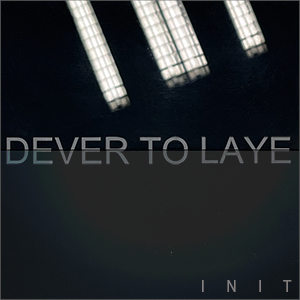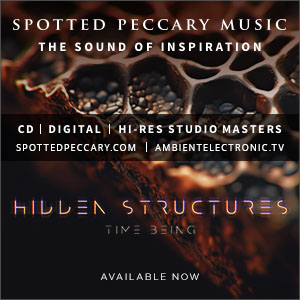Chartier’s choeographing of silence with sound increasingly seeks the shortest space possible between the constituents of its fabric.
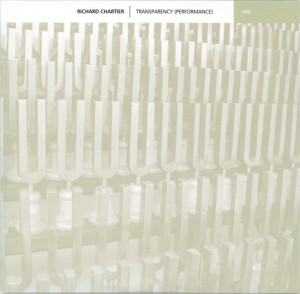
[Release page] Transparency completes a decade of CD releases by once 12k subsidiary, now fully free-standing, Line, serendipitous coincidence aligning its publication with owner Richard Chartier‘s 40th birthday. It documents an hour-long performance using as primary source the Grand Tonometer, an apparatus created by German physicist Rudolf Koenig in the 1870’s consisting of 692 tuning forks with pitches spanning four octaves. It clearly held an irresistible appeal for obsessive compulsive sonologist Chartier, who subsequently recorded each tuning fork, along with other materials (including metal and wooden resonators and wood organ pipes) and their tonal interactions, before subjecting them to his customary processing probings.
Chartier’s musicianly concerns for exploring the aspect of space between sounds chime (literally!) with those of German physics of a century-and-a-half’s vintage. His opening strategy is a resonant sonar-like ‘ping,’ announcing its sonic origins up-close, before further fork strikes of varying pitch and volume follow, gradually more removed, consorting with other treated tones. A fork, once struck, is given full voice – allowed to resonate, decay and fade before another supplants it; extended into long drawn-out chimings, tiny flecks fluttering through them. The immediate resonance of a struck fork’s attack is quickly forgotten in the fascination for decay, altering it, extending it infinitely, fluidly, pouring the sustain out into pools of virtual mute micro-hum, leaving a tintinnabulating tonal residue; microsonic colours course through, slipping, shifting, from the minimal to the liminal. High-end tones make like digital insect chatter, as pings ring sonar-like up from the deep through a loop sea. Electrostatic plumes of fizzing static mist are nudged by soft drone swells. A slow dissolve occurs – into post-industrial hum, as greater low-end pressure rubs up against the silvery high-end shimmer, by turns stabilizing and destabilizing, establishing a deceptive path through the digi-detritus, then snagging steps on its tread-ways. Chartier’s choeographing of silence with sound increasingly seeks the shortest space possible between the constituents of its fabric. Gradually Transparency becomes, as much of Chartier’s work can be seen, a reflection on sound – and listening – itself. Koenig’s original Grand Tonometer shows were actually billed as séances, and Line’s invitation to us to treat Transparency as “a sound séance for the digital age” is a felicitous serving suggestion.
Transparency (Performance) is out now on Line. [Release page]
richard chartier – transparency(performance) – (excerpts) (line) by pdis_inpartmaint





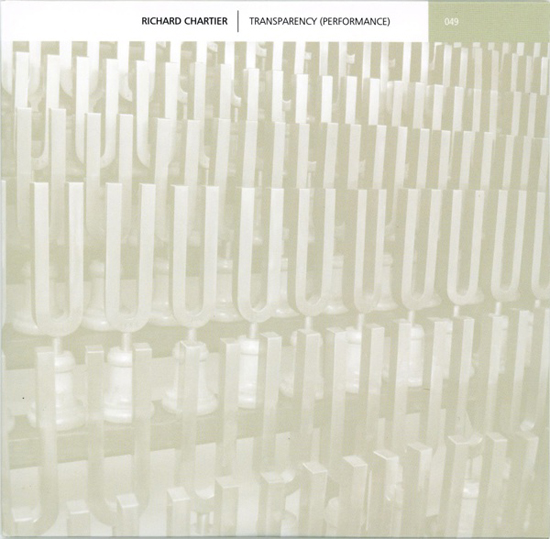




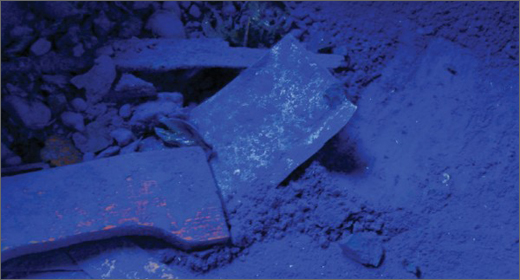
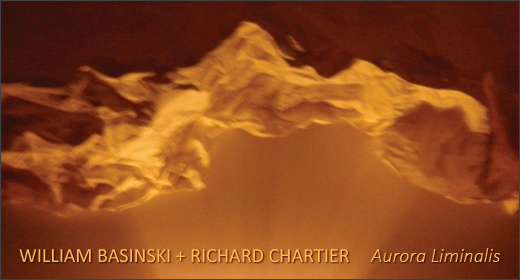

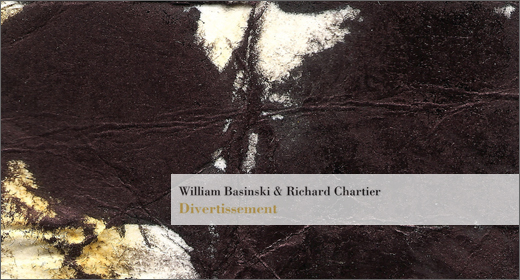







![Allmanna Town :: 1911 EP (Self Released) — [concise]](https://igloomag.com/wp/wp-content/uploads/2025/03/allmannatown-1911_feat2-75x75.jpg)



